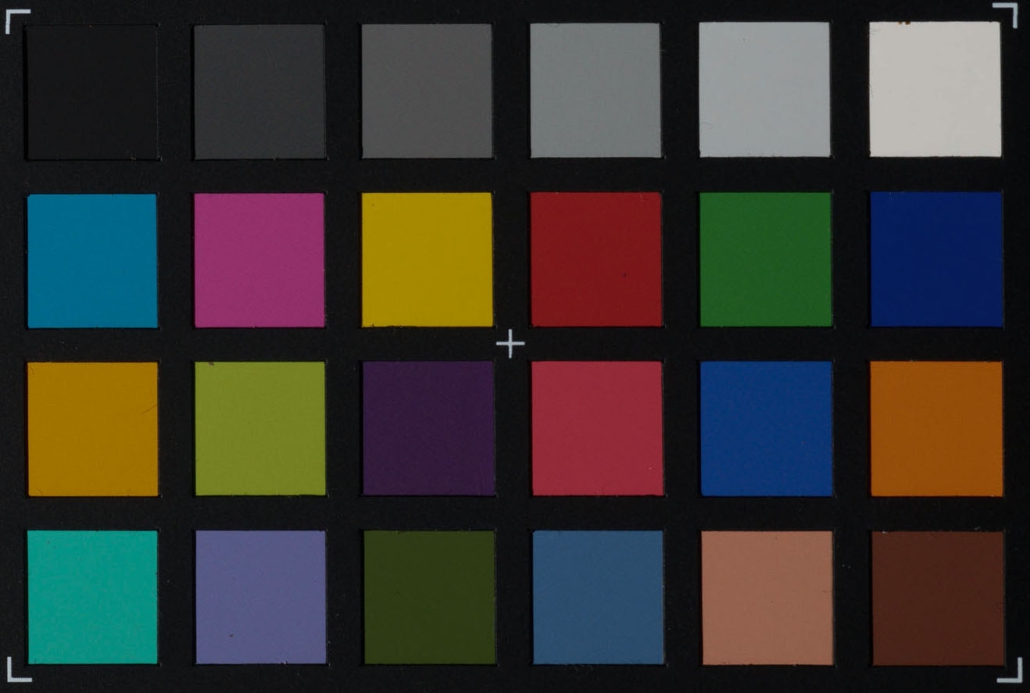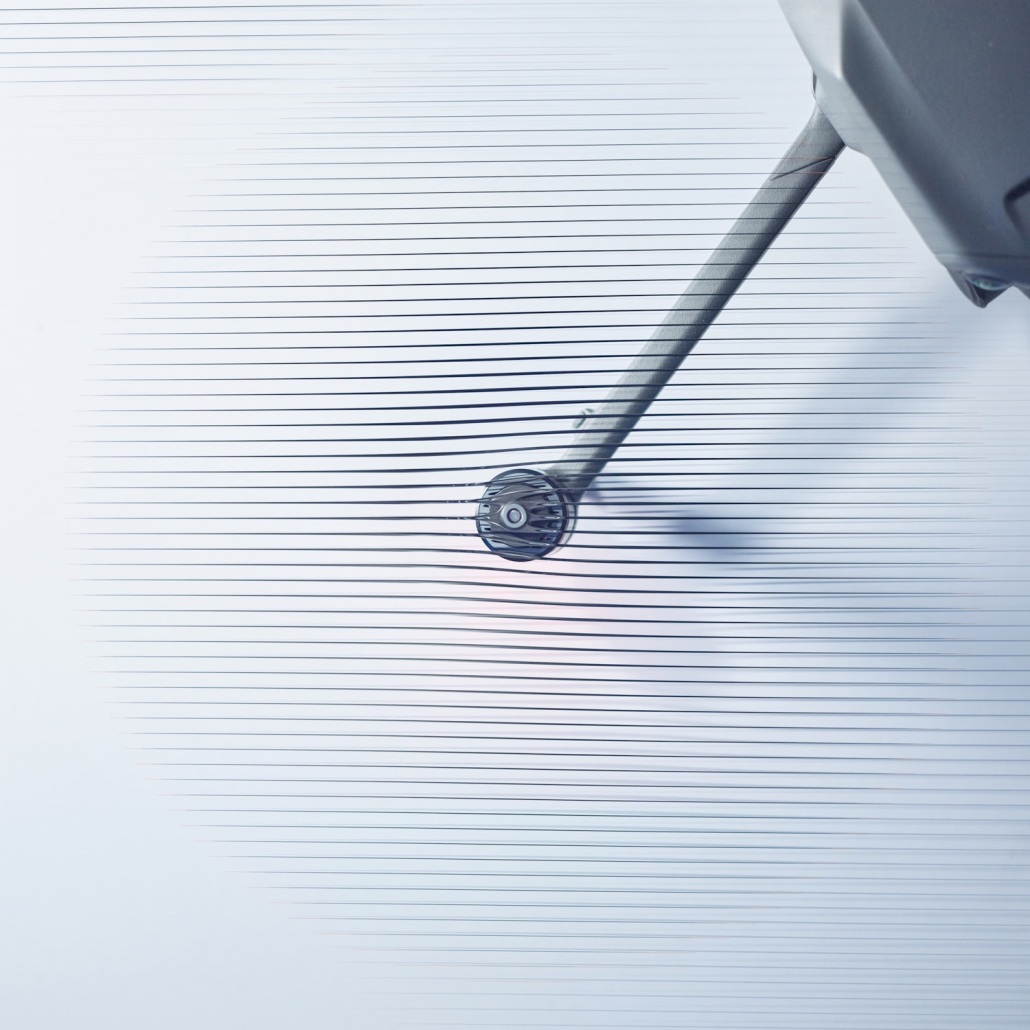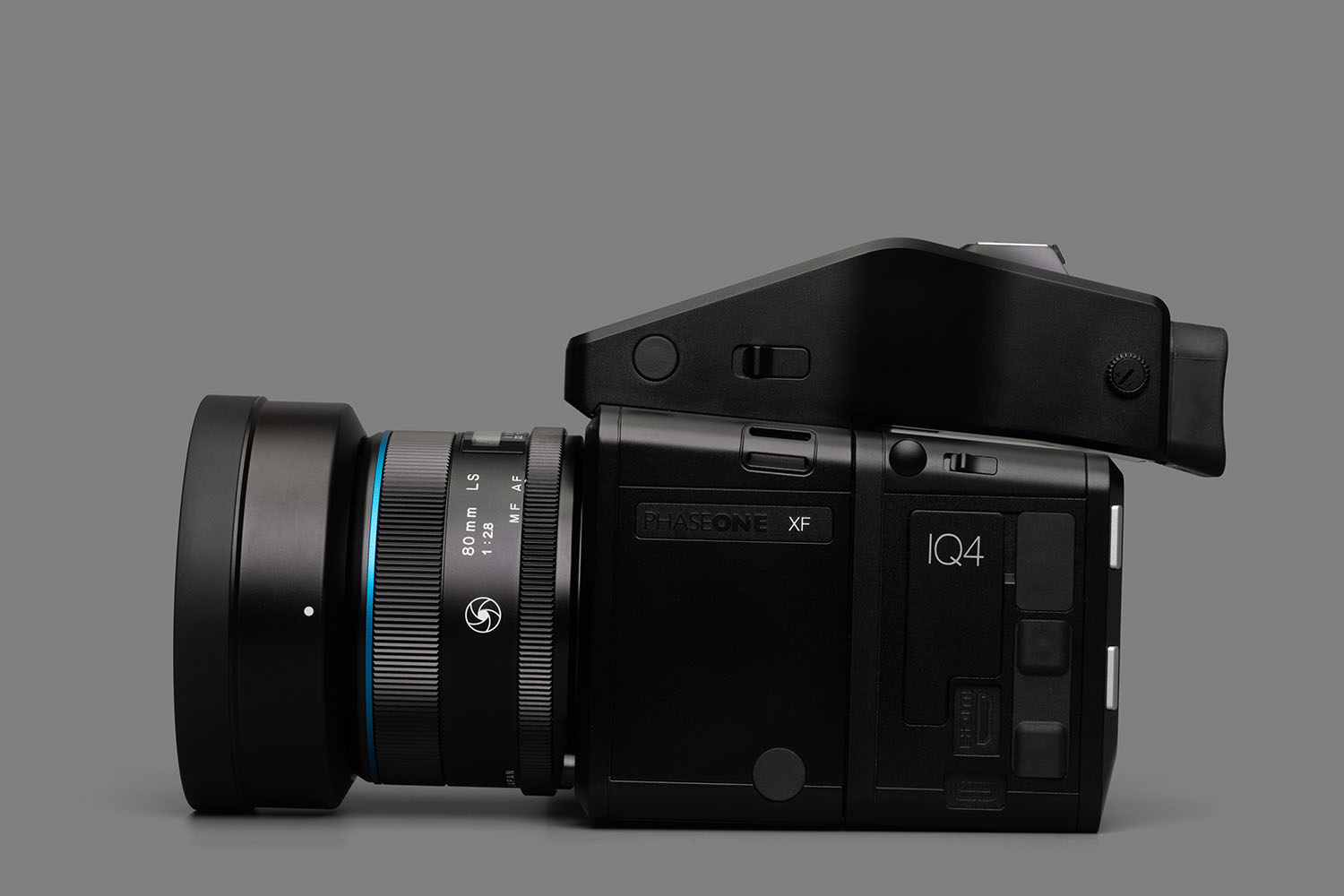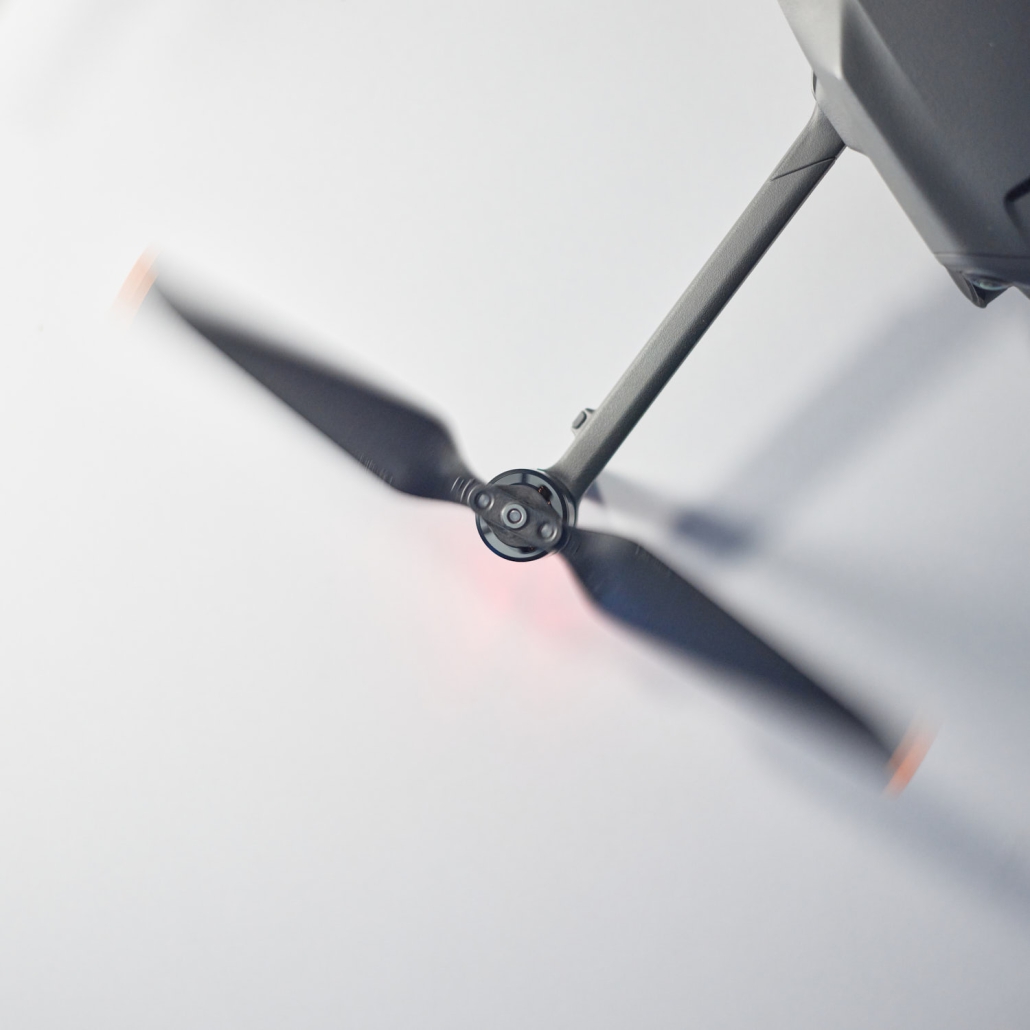The shutter operation of modern cameras can be categorized into different types. Mainly, the location of the shutter is the most important factor that separates different shutter mechanisms. More precisely, whether the shutter is placed inside the lens or in front of the sensor leads to two main categories: leaf shutter (LS) and focal plane shutter (FPS), and with in-sensor shutter functionality, this category can be extended to a third one: the electronic shutter (ES).
According to the history of photography technology, there is another classification of shutters that is less spoken about. This classification is related to the shutter timing mechanism and is divided into two mechanical and electronic types. Mechanical shutters, like automatic watches, use a spring and gear mechanism for timing. All shutters in older camera systems (lens or body) that operate without batteries are mechanical shutters. On the other hand, electronic shutters, like digital watches, use electronics for timing.
In technical camera reviews, the category of mechanical and electronic shutters is still relevant. While almost all new cameras use electronic timing mechanisms, the distinction between mechanical and electronic shutters typically refers to the former category. In recently published articles, leaf shutters are categorized as mechanical and electronically-controlled shutters to avoid confusion.

A mechanical shutter (LS and FPS) involves the movement of blades and curtains within the lens or in front of the sensor, while an electronic shutter does not require any physical movement and occurs entirely on the sensor itself. The Phase One XF camera system, along with the IQ4 and IQ3 100 digital backs, offers all three shutter mechanisms – leaf shutter, focal plane shutter, and electronic shutter – all of which are controlled via electronic processors. In the following section, we will explore how these mechanisms function.
Phase One Leaf Shutter
Phase One lenses typically have a leaf shutter that can support a maximum shutter speed of 1/1600 second. However, this limit is reduced to 1/1000 second in the 150mm LS f/2.8 and 240mm LS f/4.5 lenses due to their large aperture. The main advantage of the leaf shutter is that it allows for strobe synchronization at all shutter speeds. It’s important to note that the shutter speed should not be shorter than the flash duration time, as this can result in wasted strobe light and a cooler color temperature due to color shifts during flash discharge. To better understand this, notice the differences in the images below, which were all taken with the same aperture, ISO sensitivity, and flash power, but different shutter speeds.


Phae One Focal Plane Shutter
The Phase One focal plane shutter has a maximum speed of 1/4000 second and a flash synchronization speed of 1/125 second, so it’s a great complement to the leaf shutter. The mechanical shutter not only enables the use of wider apertures in bright situations but also opens up the opportunity to use a variety of older Mamiya/Phase One lenses that lack leaf shutter.
When comparing the focal plane shutter and the leaf shutter, it’s important to note their differences in terms of how they freeze a moving subject. Specifically, the leaf shutter mechanism freezes the subject while reducing elongation, which is directly related to the increase in shutter speed. However, the focal shutter mechanism only maintains this relationship up to a certain speed, and in faster shutters, the exposure amount is reduced and the difference is recorded as an image distortion.
This error can happen when capturing images with shutter speeds faster than the synchronization speed, resulting in a similar error to the rolling shutter distortion. To gain a better understanding of how moving objects get distorted at high speeds, you can take photos of a moving object with a specific geometric shape.

Phae One Electronic Shutter
The Phase One digital back electronic shutter offers two vital features: compatibility with cameras without mechanical shutters and operation without shutter fatigue, which is crucial in certain situations. When using a technical camera with a conventional lens, the electronic shutter is the only way to capture an image. For example, many architectural photographers nowadays use the tilt/shift 17 mm Canon lens in combination with a technical camera and a Phase One digital back that has an electronic shutter capability on the sensor. Meanwhile, in museum applications that require recording several thousand photos daily for reproduction purposes, having a shutter that reduces the possibility of failure to zero is crucial. Finally, the IQ4 series digital back electronic shutter allows for recording time lapse or frame averaging images without interruption, making it an excellent option for night sky photographers.

The Phase One digital back has an electronic shutter that is unique in some ways. Due to the sensor’s high resolution and large size, the sensor readout time is quite slow. For the 100-megapixel digital back, the readout time of the entire sensor ranges from 0.6 to 1.3 seconds, while for the 150-megapixel back, it takes between 0.3 to 0.6 seconds. This duration varies for each digital back depending on ISO sensitivity and the mentioned numbers are based on sensitivities of 400 or lower, increasing as it goes higher.

The lengthy readout time of the sensor’s electronic shutter causes significant limitations to the subjects one can photograph: it’s accurate to say that you could only capture still objects with this kind of shutter.
However, when we photograph explicitly detailed or magnified subjects, vibrations of the camera or the subject itself is an unavoidable factor. Therefore, when using continuous light and the electronic shutter, although the image would be pixel-sharp, if you’re capturing a familiar subject or a geometric shape, the rolling shutter effect could appear.
This issue is especially pronounced when we use the focus-stacking technique in macro or micro photography. Such as some details that are captured in a specific spot could appear as repeating patterns in the final photo due to vibrations. In this way, although the electronic shutter operates without any movement, which is crucial for microscopic photography, its sensitivity to vibrations renders it almost unusable for this type of photography.





Conclusion
Each shutter mechanism in the Phase One camera system has its distinctive characteristics, allowing users to select the most suitable option. The leaf shutter is commonly used for fast synchronization, vibration reduction, and stabilization, without distorting moving subjects. The focal shutter is ideal for intensely lit conditions and compatibility with conventional lenses. Lastly, the electronic shutter on the sensor enables photographers to shoot silently and without vibration, without any effects on the shutter’s life span.


